2017 吉林考研英语二真题及答案
Section I Use of English
Directions:
Read the following text. Choose the best word (s) for each numbered blank
and mark A, B, C or D on the ANSWER SHEET. (10 points)
People have speculated for centuries about a future without work .Today is no
different, with academics, writers, and activists once again 1 that technology be
replacing human workers. Some imagine that the coming work-free world will be
defined by 2 . A few wealthy people will own all the capital, and the masses will
struggle in an impoverished wasteland.
A different and not mutually exclusive 3 holds that the future will be a
wasteland of a different sort, one 4 by purposelessness: Without jobs to give their
lives 5 , people will simply become lazy and depressed. 6 , today’s unemployed
don’t seem to be having a great time. One Gallup poll found that 20 percent of
Americans who have been unemployed for at least a year report having depression,
double the rate for 7 Americans. Also, some research suggests that the 8 for rising
rates of mortality, mental-health problems, and addicting 9 poorly-educated
middle-aged people is shortage of well-paid jobs. Perhaps this is why many 10 the
agonizing dullness of a jobless future.
But it doesn’t
11 follow from findings like these that a world without work
designed with other
would be filled with unease .
Such visions are based on the
unemployed in a society built on the concept of employment. In the
a society
14
circumstanced for the future of labor and leisure. Today, the
a bit overblown. “Many jobs are boring, degrading, unhealthy, and a waste
of human potential,” says John Danaher, a lecturer at the National University of
Ireland in Galway.
strikingly different
15 of work may be
12 of being
13 of work,
ends in
mind could
These days, because leisure time is relatively
16 for most workers, people
use their free time to counterbalance the intellectual and emotional
jobs.“When I come home from a hard day’s work, I often feel
says, adding, “In a world in which I don’t have to work, I might feel rather
different” — perhaps different enough to throw himself
project with the intensity usually reserved for
19 a hobby or a passion
18 ,” Danaher
20 matters.
17 of their
1.[A] boasting[B] denying[C] warning[D] ensuring[答案][C] warning
2.[A] inequality[B] instability[C] unreliability[D] uncertainty[答案][A] inequality
3.[A] policy[B]guideline[C] resolution[D] prediction[答案][D] prediction
4.[A] characterized [B]divided[C] balanced[D]measured[答案][A] characterized
5.[A] wisdom[B] meaning[C] glory[D] freedom[答案][B] meaning
6.[A] Instead[B] Indeed[C] Thus[D] Nevertheless[答案][B] Indeed
�
7.[A] rich[B] urban[C]working[D] educated [答案][C] working
8 . [A] explanation[B] requirement[C] compensation[D] substitute[答案][A]
explanation
9.[A] under[B] beyond[C] alongside[D] among [答案][D] among
10.[A] leave behind[B] make up[C] worry about[D] set aside [答案][C] worry
about
11. [A] statistically[B] occasionally[C] necessarily[D] economically
[答案][C] necessarily
12.[A] chances[B] downsides[C] benefits[D] principles [答案][B]
downsides
13.[A] absence[B] height[C] face[D] course [答案][A] absence
14.[A] disturb[B] restore[C] exclude[D] yield [答案][D] yield
15.[A] model[B] practice[C] virtue[D] hardship [答案][C] virtue
16.[A] tricky[B] lengthy[C] mysterious[D] scarce [答案][D] scarce
17.[A] demands[B] standards[C] qualities[D] threats [答案][A] demands
18.[A] ignored[B] tired[C] confused[D] starved [答案][B] tired
19.[A] off[B] against[C] behind[D] into [答案][D] into
20.[A] technological[B] professional[C] educational[D] interpersonal
[答案][B] professional
Section II Reading Comprehension
Part A
Directions:
Read the following four texts .
Answer the questions below each text by
choosing A, B, C or D. Mark your answers on the ANSWER SHEET.(40 points)
Text 1
Every Saturday morning, at 9 am, more than 50,000 runners set off to run
5km around their local park. The Parkrun phenomenon began with a dozen friends
and has inspired 400 events in the UK and more abroad.Events are free,staffed by
thousands of volunteers. Runners range from four years old to grandparents; their
times range from Andrew Baddeley’s world record 13 minutes 48 seconds up to an
hour.
�
Parkrun is succeeding where London’s Olympic “legacy” is failing. Ten years
ago on Monday, it was announced that the Games of the 30th Olympiad would be
in London. Planning documents pledged that the great legacy of the Games would
be to level a nation of sport lovers away from their couches. The population would
be fitter, healthier and produce more winners. It has not happened. The number
of adults doing weekly sport did rise, by nearly 2 million in the run—up to 2012—
but the general population was growing faster.
falling at an accelerating rate. The opposition claims primary school pupils doing at
least two hours of sport a week have nearly halved. Obesity has risen among adults
and children .
“inspire a generation.” The success of Parkrun offers answers.
Official retrospections continue as to why London 2012 failed to
Worse, the numbers are now
Parkun is not a race but a time trial: Your only competitor is the clock. The
ethos welcomes anybody. There is as much joy over a puffed-out first-timer being
clapped over the line as there is about top talent shining. The Olympic bidders, by
contrast , wanted to get more people doing sports and to produce more elite
athletes. The dual aim was mixed up: The stress on success over taking part was
intimidating for newcomers.
Indeed, there is something a little absurd in the state getting involved in the
planning of such a fundamentally “ grassroots” , concept as community sports
associations. If there is a role for government, it should really be getting involved
in providing common goods— making sure there is space for playing fields and the
money to pave tennis and netball courts, and encouraging the provision of all these
activities in schools. But successive governments have presided over selling green
spaces, squeezing money from local authorities and declining attention on sport in
education. Instead of wordy, worthy strategies, future governments need to do
more to provide the conditions for sport to thrive .
worse.
Or at least not make them
According to Paragraph1, Parkrun has .
[A] gained great popularity
[B] created many jobs
[C] strengthened community ties
[D] become an official festival
[答案][A] gained great popularity
The author believes that London’s Olympic“legacy” has failed to .
[A] boost population growth
[B] promote sport participation
[C] improve the city’s image
[D] increase sport hours in schools
[答案][B] promote sport participation
Parkrun is different from Olympic games in that it .
[A] aims at discovering talents
[B] focuses on mass competition
[C] does not emphasize elitism
[D] does not attract first-timers
�
[答案][C] does not emphasize elitism
With regard to mass sport, the author holds that governments should .
[A] organize “grassroots” sports
events [B] supervise local sports
associations
[C] increase funds for sports clubs
[D] invest in public sports facilities
[答案][D] invest in public sports facilities
The author’s attitude to what UK governments have done for sports is .
[A] tolerant
[B] critical
[C] uncertain
[D] sympathetic
[答案][B]
critical Text 2
With so much focus on children’s use of screens,it’s easy for parents to forget
about their own screen use.“Tech is designed to really suck on you in,”says Jenny
Radesky in her study of digital play, “and digital products are there to promote
maximal engagement .
bleed-over into the family routine. ”
It makes it hard to disengage , and leads to a lot of
Radesky has studied the use of mobile phones and tablets at mealtimes by
giving mother-child pairs a food-testing exercise. She found that mothers who sued
devices during the exercise started 20 percent fewer verbal and 39 percent fewer
nonverbal interactions with their children. During a separate observation, she saw
that phones became a source of tension in the family. Parents would be looking at
their emails while the children would be making excited bids for their attention.
Infants are wired to look at parents’ faces to try to understand their world,
and if those faces are blank and unresponsive—as they often are when absorbed in a
device—it can be extremely disconcerting foe the children. Radesky cites the “still
face experiment” devised by developmental psychologist Ed Tronick in the 1970s.
In it, a mother is asked to interact with her child in a normal way before putting on
a blank expression and not giving them any visual social feedback ; The child
becomes increasingly distressed as she tries to capture her mother’ s attention.
“Parents don’t have to be exquisitely parents at all times, but there needs to be a
balance and parents need to be responsive and sensitive to a child ’ s verbal or
nonverbal expressions of an emotional need,” says Radesky.
On the other hand, Tronick himself is concerned that the worries about kids’
use of screens are born out of an “oppressive ideology that demands that parents
should always be interacting” with their children: “It’s based on a somewhat
fantasized, very white, very upper-middle-class ideology that says if you’re failing
to expose your child to 30,000 words you are neglecting them.” Tronick believes
that just because a child isn’t learning from the screen doesn’t mean there’s no
value to it—particularly if it gives parents time to have a shower, do housework or
simply have a break from their child. Parents, he says, can get a lot out of using
their devices to speak to a friend or get some work out of the way. This can make
�
them feel happier, which lets then be more available to their child the rest of the
time.
According to Jenny Radesky, digital products are designed to ______.
[A] simplify routine matters
[B] absorb user attention
[C] better interpersonal relations
[D] increase work efficiency
[答案][B] absorb user attention
Radesky’s food-testing exercise shows that mothers’ use of devices ______.
[A] takes away babies’ appetite
[B] distracts children’s attention
[C] slows down babies’ verbal development
[D] reduces mother-child communication
[答案][D] reduces mother-child communication
Radesky’s cites the “still face experiment” to show that _______.
[A] it is easy for children to get used to blank expressions
[B] verbal expressions are unnecessary for emotional
exchange
[C] children are insensitive to changes in their parents’
mood
[D] parents need to respond to children’s emotional needs
[答案][D] parents need to respond to children’s emotional
needs
The oppressive ideology mentioned by Tronick requires parents
to_______.
[A] protect kids from exposure to wild fantasies [B] teach
their kids at least 30,000 words a year [C] ensure constant
interaction with their children [D] remain concerned about
kid’s use of screens
[答案][C] ensure constant interaction with their
children
According to Tronick, kid’s use of screens may_______.
[A] give their parents some free time [B] make their
parents more creative [C] help them with their homework
[D] help them become more attentive
[答案][A] give their parents some free
time Text 3
Today, widespread social pressure to immediately go to college in conjunction
with increasingly high expectations in a fast-moving world often causes students to
completely overlook the possibility of taking a gap year. After all, if everyone you
know is going to college in the fall, it seems silly to stay back a year, doesn’t it?
And after going to school for 12 years, it doesn’t feel natural to spend a year doing
something that isn’t academic.
But while this may be true, it’s not a good enough reason to condemn gap
years. There’s always a constant fear of falling behind everyone else on the socially
perpetuated “race to the finish line,” whether that be toward graduate school,
medical school or lucrative career. But despite common misconceptions, a gap
year does not hinder the success of academic pursuits — in fact , it probably
�
enhances it.
Studies from the United States and Australia show that students who take a gap
year are generally better prepared for and perform better in college than those who
Rather than pulling students back, a gap year pushes them ahead by
do not.
preparing them for independence, new responsibilities and environmental changes
— all things that first-year students often struggle with the most .
experiences can lessen the blow when it comes to adjusting to college and being
Gap year
thrown into a brand new environment, making it easier to focus on academics and
activities rather than acclimation blunders.
If you’ re not convinced of the inherent value in taking a year off to
explore
interests, then consider its financial impact on future academic choices.
According
to the National Center for Education Statistics, nearly 80 percent of college
students
end up changing their majors at least once. This isn’t surprising, considering
the
basic mandatory high school curriculum leaves students with a poor
understanding
of themselves listing one major on their college applications , but
switching to
another after taking college classes .
thing , but
depending on the school, it can be costly to make up credits after switching
too late
in the game. At Boston College, for example, you would have to complete an
extra year were you to switch to the nursing school from another
department .
Taking a gap year to figure things out initially can help prevent stress and
save money later on.
It ’ s not necessarily a bad
One of the reasons for high-school graduates not taking a gap year is that .
[A] they think it academically misleading
[B] they have a lot of fun to expect in college
[C] it feels strange to do differently from others
[D] it seems worthless to take off-campus courses
[答案][C] it feels strange to do differently from others
Studies from the US and Australia imply that taking a gap year helps .
[A] keep students from being unrealistic
[B] lower risks in choosing careers
[C] ease freshmen’s financial
burdens [D] relieve freshmen of
pressures
[答案][D] relieve freshmen of pressures
The word “acclimation” (Line 8, Para. 3) is closest in meaning to .
[A] adaptation
[B] application
[C] motivation
[D] competition
[答案][A] adaptation
�
A gap year may save money for students by helping them .
[A] avoid academic failures
[B] establish long-term goals
[C] switch to another college
[D] decide on the right major
�
[答案][D] decide on the right major
The most suitable title for this text would be .
[A] In Favor of the Gap Year
[B] The ABCs of the Gap Year
[C] The Gap Year Comes Back
[D] The Gap Year: A Dilemma
[答案][A] In Favor of the Gap
Year Text 4
Though often viewed as a problem for western states, the growing frequency
of wildfires is a national concern because of its impact on federal tax dollars, says
Professor Max Moritz, a specialist in fire ecology and management.
In 2015, the US Forest Service for the first time spent more than half of its $5.5
billion annual budget fighting fires— nearly double the percentage it spent on such
efforts 20 years ago. In effect, fewer federal funds today are going towards the
agency ’ s other work — such as forest conservation , watershed and cultural
resources management , and infrastructure upkeep — that affect the lives of all
Americans.
Another nationwide concern is whether public funds from other agencies are
going into construction in fire-prone districts. As Moritz puts it, how often are
federal dollars building homes that are likely to be lost to a wildfire?
“It’ s already a huge problem from a public expenditure perspective for the
whole country,” he says.” We need to take a magnifying glass to that. Like,
“Wait a minute, is this OK?” “Do we want instead to redirect those funds to
concentrate on lower-hazard parts of the landscape?”
Such a view would require a corresponding shift in the way US society today
views fire, researchers say.
For one thing, conversations about wildfires need to be more inclusive. Over
the past decade, the focus has been on climate change—how the warming of the
Earth from greenhouse gases is leading to conditions that worsen fires.
While climate is a key element,Moritz says,it shouldn’t come at the expense
of the rest of the equation.
“ The human systems and the landscapes we live on are linked, and the
interactions go both ways,” he says. Failing to recognize that, he notes, leads
to“an overly simplified view of what the solutions might be. Our perception of the
problem and of what the solution is becomes very limited.”
At the same time, people continue to treat fire as an event that needs to be
wholly controlled and unleashed only out of necessity, says Professor Balch at the
University of Colorado. But acknowledging fire’s inevitable presence in human life
is an attitude crucial to developing the laws, policies, and practices that make it as
safe as possible, she says.
“We’ve disconnected ourselves from living with fire,” Balch says. “It is
really important to understand and try and tease out what is the human connection
with fire today.”
More frequent wildfires have become a national concern because in 2015 they .
�

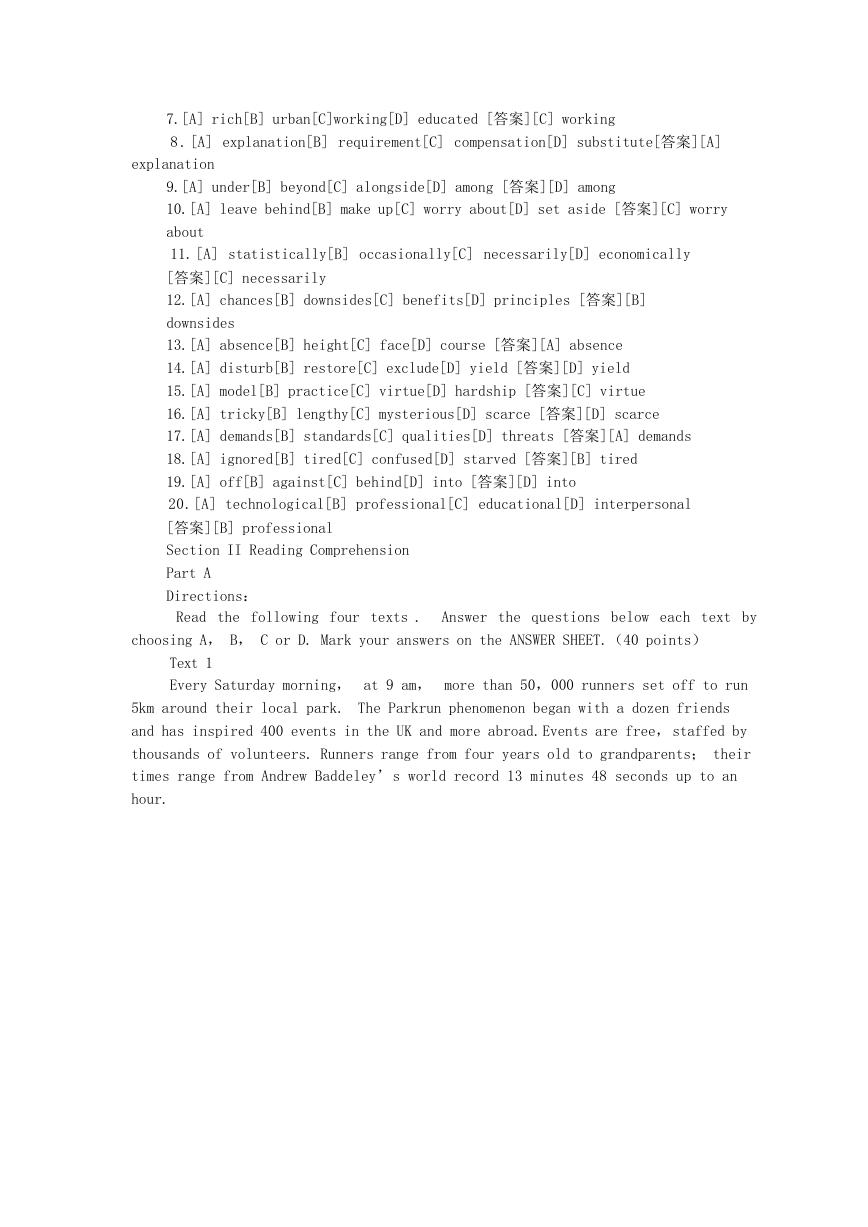
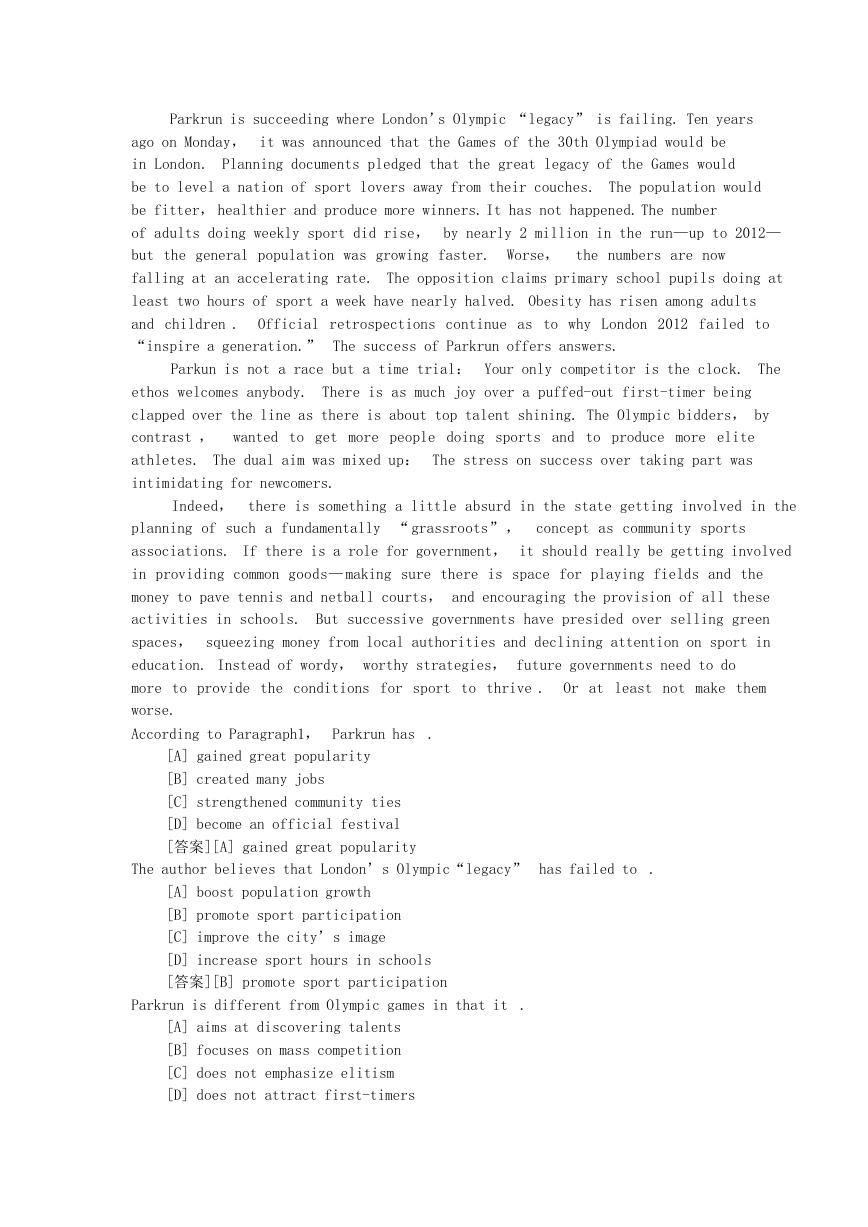
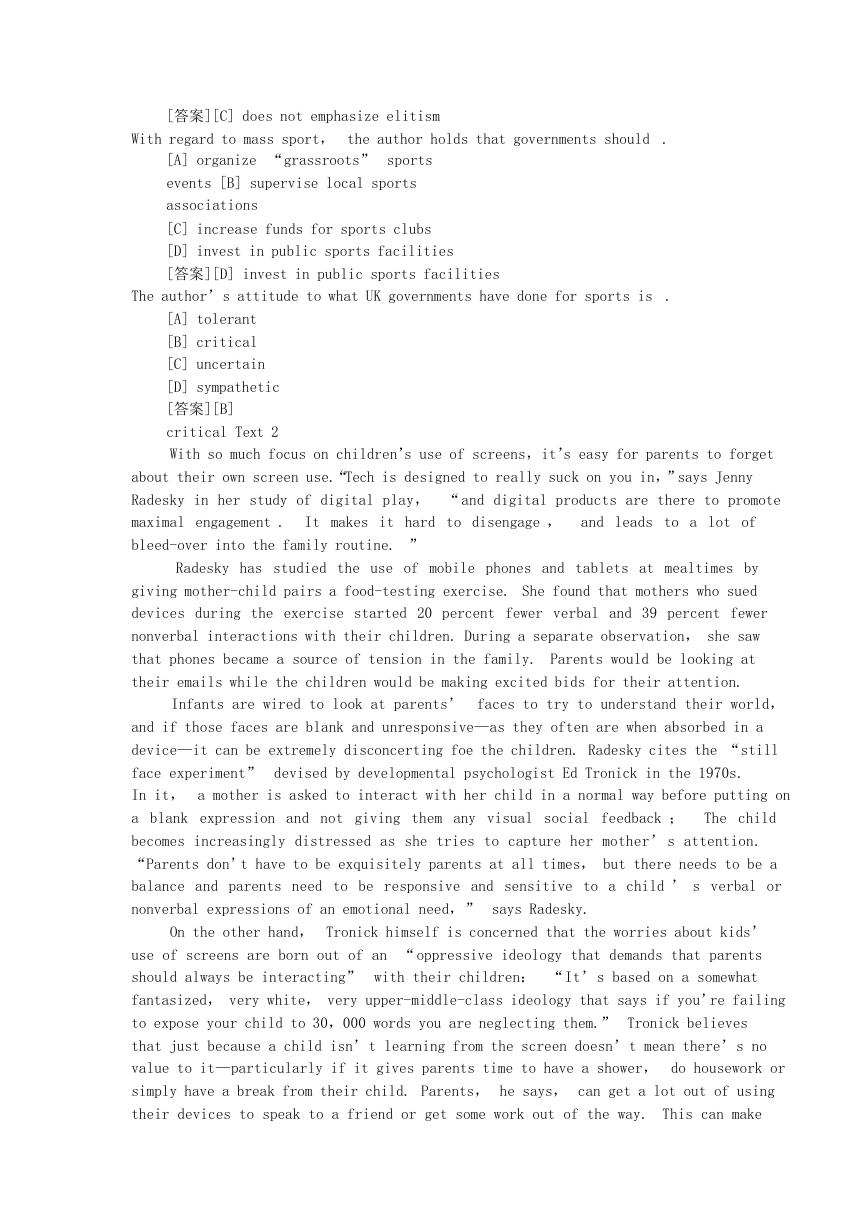
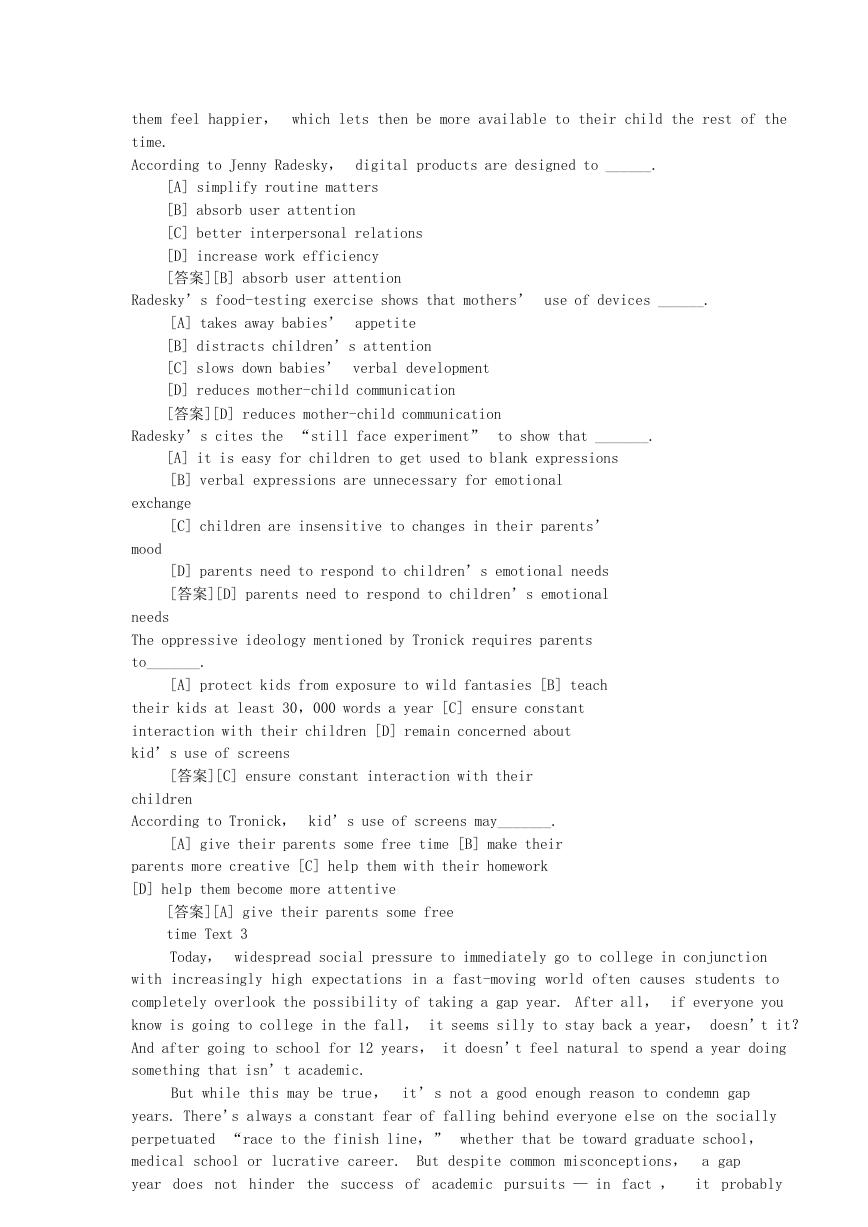
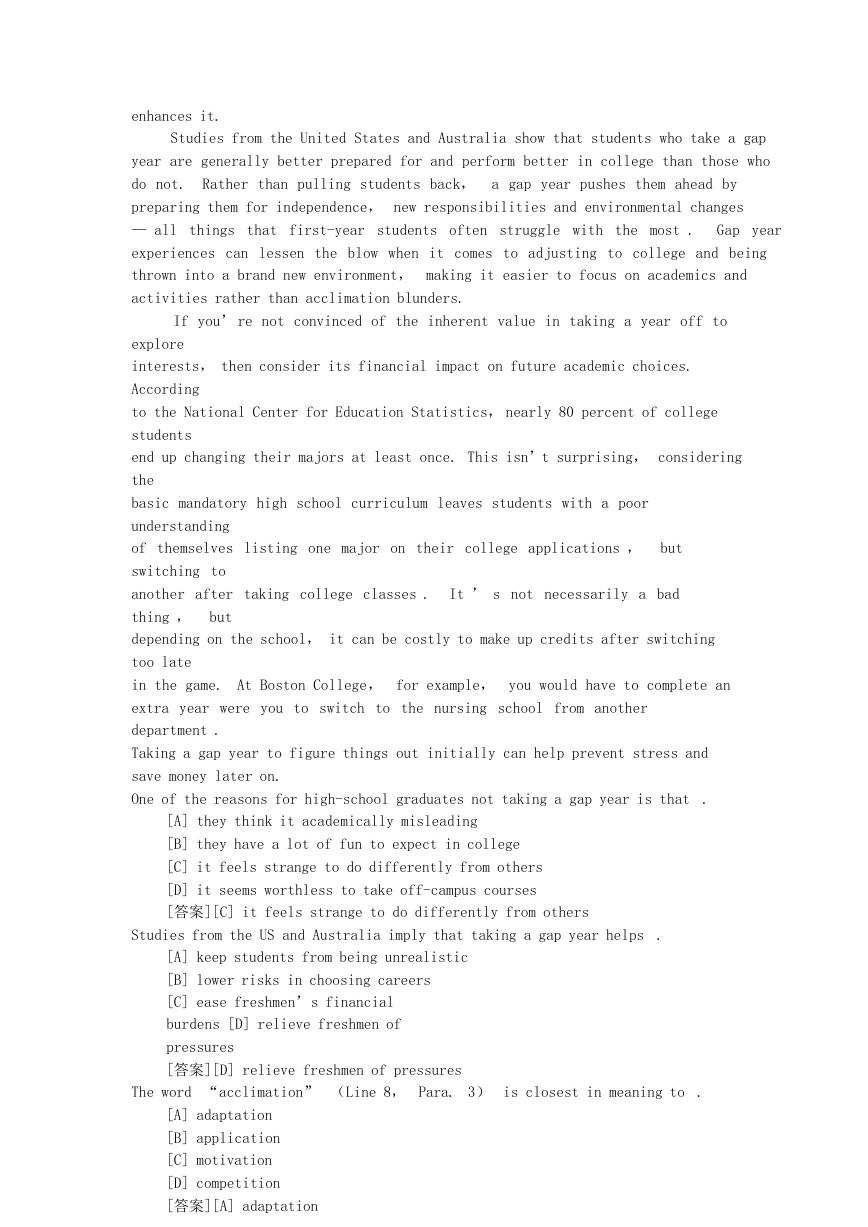










 2023年江西萍乡中考道德与法治真题及答案.doc
2023年江西萍乡中考道德与法治真题及答案.doc 2012年重庆南川中考生物真题及答案.doc
2012年重庆南川中考生物真题及答案.doc 2013年江西师范大学地理学综合及文艺理论基础考研真题.doc
2013年江西师范大学地理学综合及文艺理论基础考研真题.doc 2020年四川甘孜小升初语文真题及答案I卷.doc
2020年四川甘孜小升初语文真题及答案I卷.doc 2020年注册岩土工程师专业基础考试真题及答案.doc
2020年注册岩土工程师专业基础考试真题及答案.doc 2023-2024学年福建省厦门市九年级上学期数学月考试题及答案.doc
2023-2024学年福建省厦门市九年级上学期数学月考试题及答案.doc 2021-2022学年辽宁省沈阳市大东区九年级上学期语文期末试题及答案.doc
2021-2022学年辽宁省沈阳市大东区九年级上学期语文期末试题及答案.doc 2022-2023学年北京东城区初三第一学期物理期末试卷及答案.doc
2022-2023学年北京东城区初三第一学期物理期末试卷及答案.doc 2018上半年江西教师资格初中地理学科知识与教学能力真题及答案.doc
2018上半年江西教师资格初中地理学科知识与教学能力真题及答案.doc 2012年河北国家公务员申论考试真题及答案-省级.doc
2012年河北国家公务员申论考试真题及答案-省级.doc 2020-2021学年江苏省扬州市江都区邵樊片九年级上学期数学第一次质量检测试题及答案.doc
2020-2021学年江苏省扬州市江都区邵樊片九年级上学期数学第一次质量检测试题及答案.doc 2022下半年黑龙江教师资格证中学综合素质真题及答案.doc
2022下半年黑龙江教师资格证中学综合素质真题及答案.doc